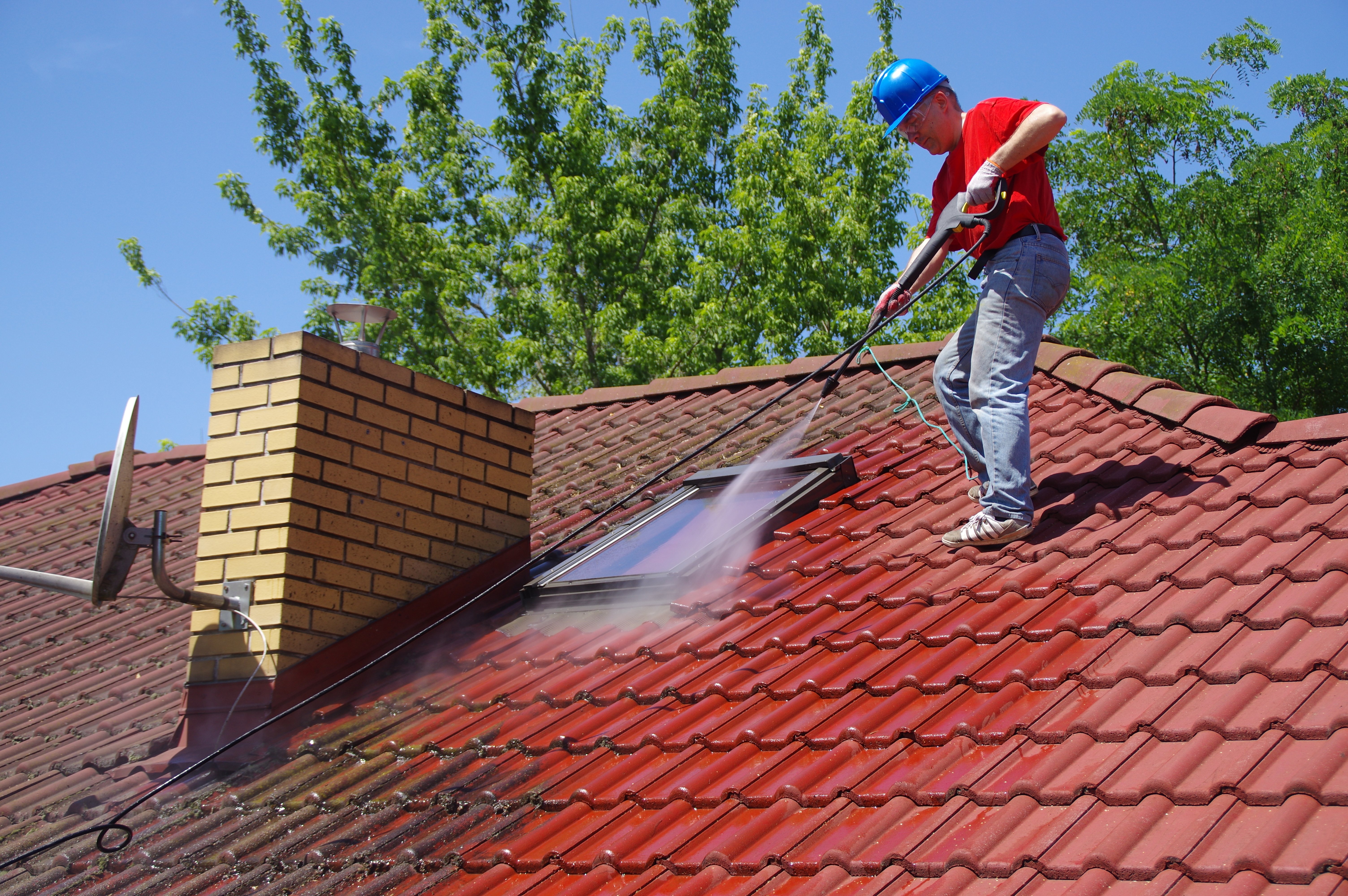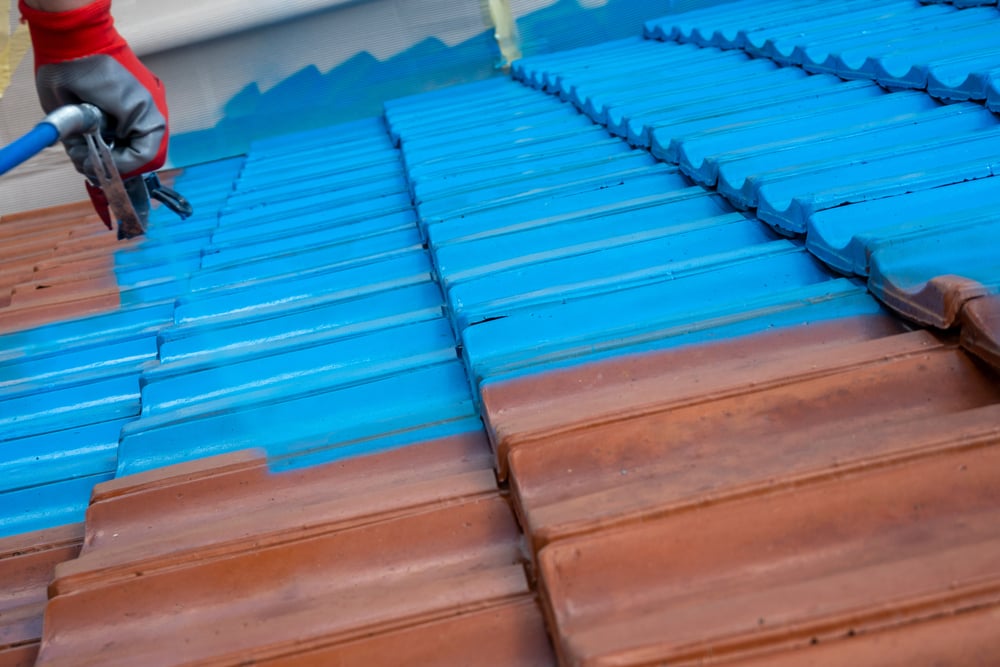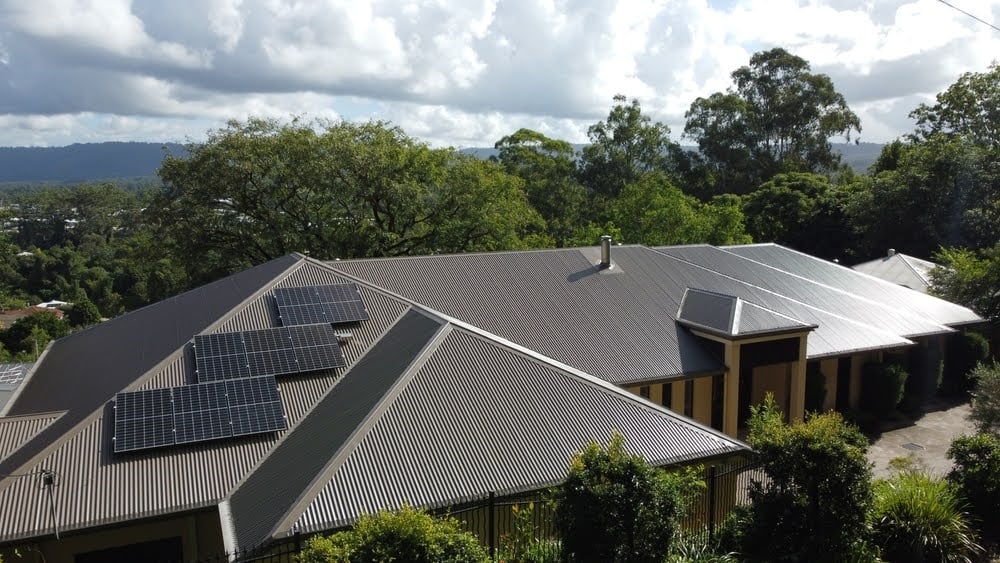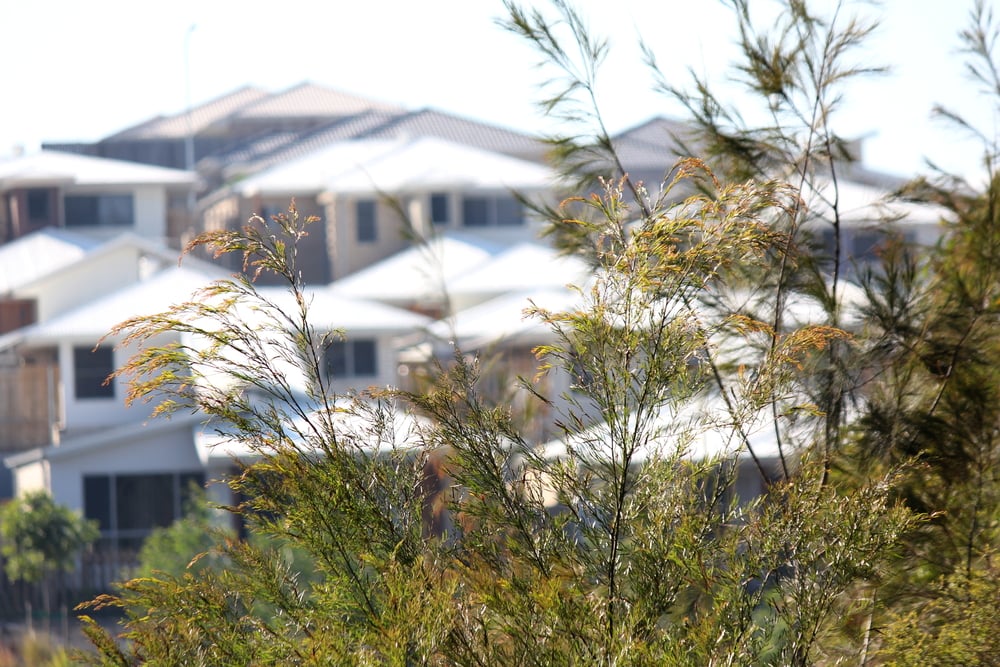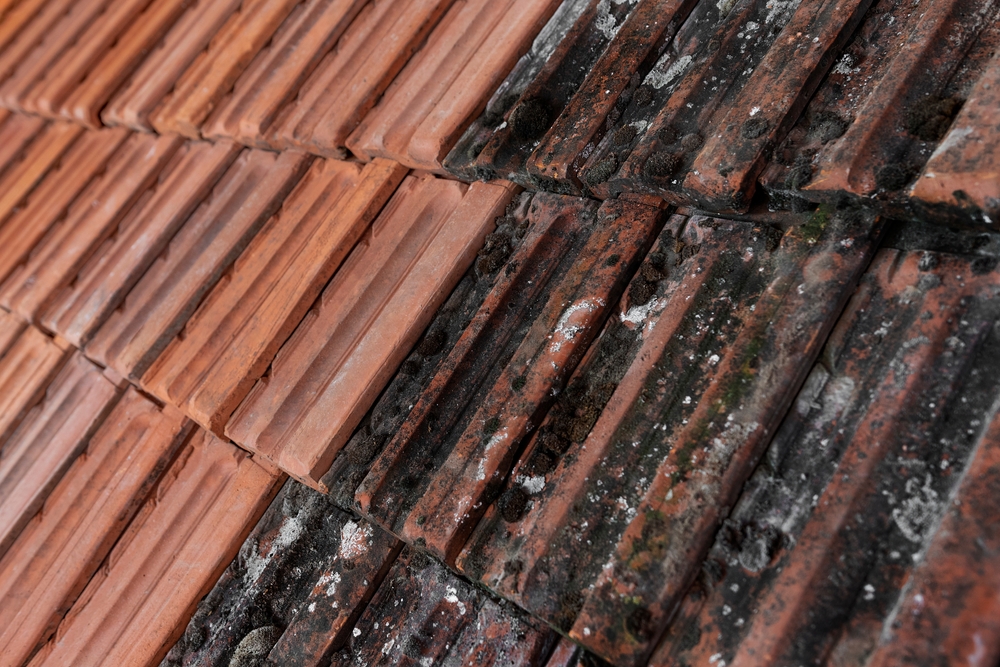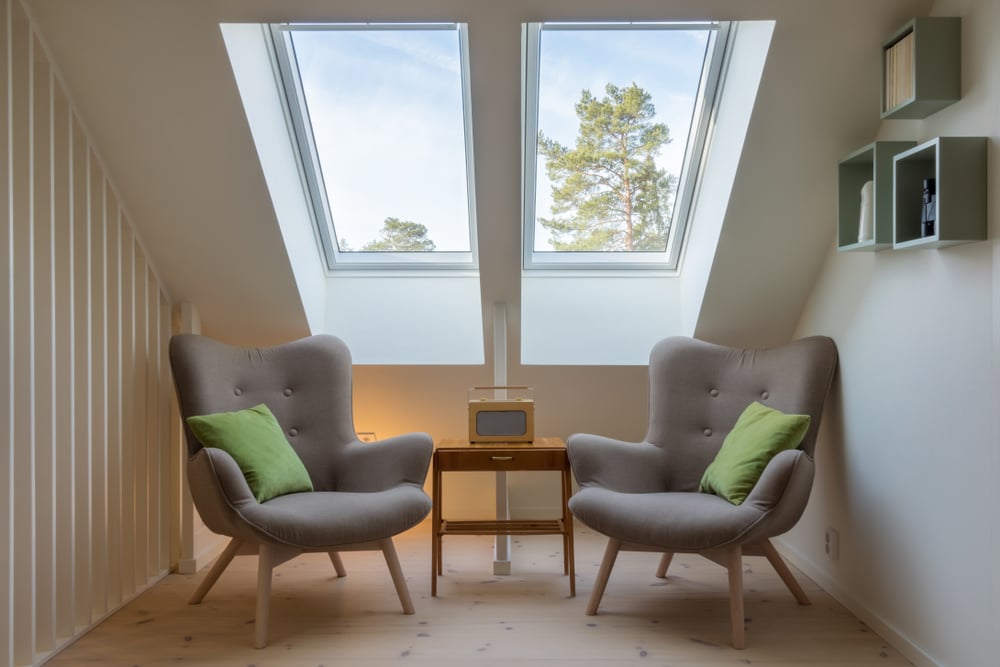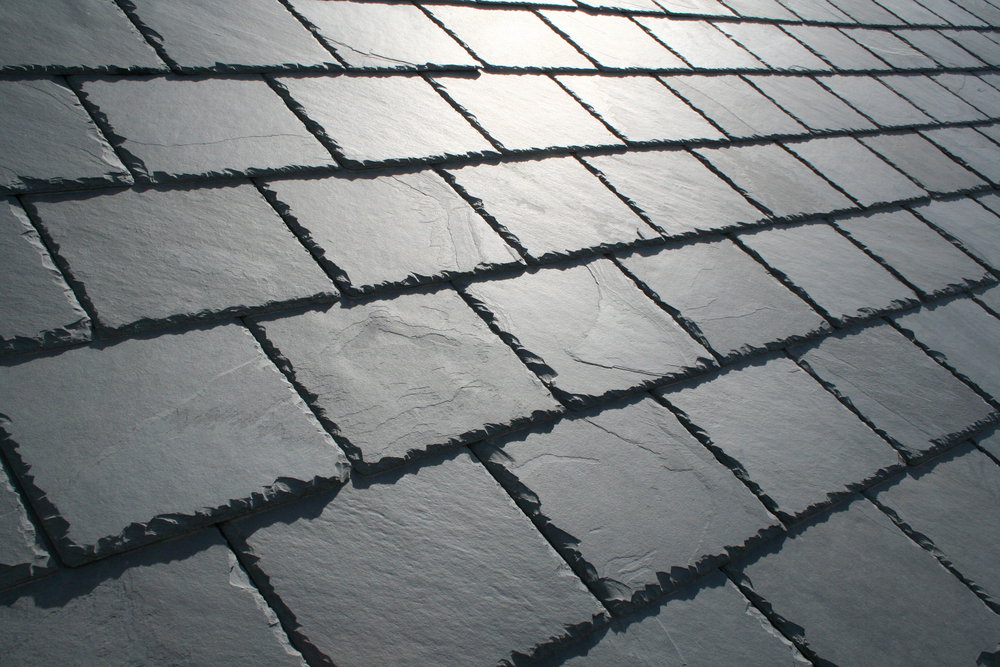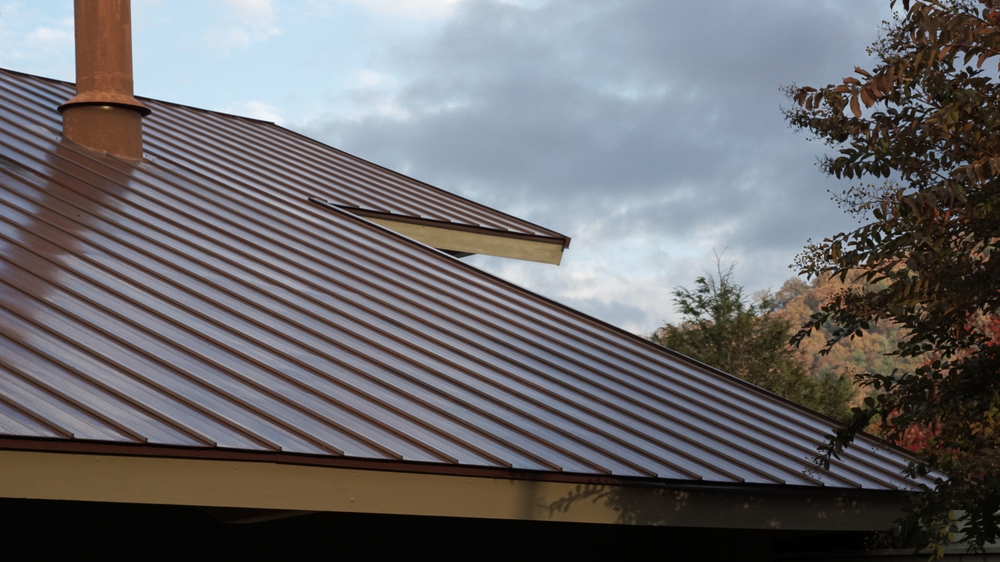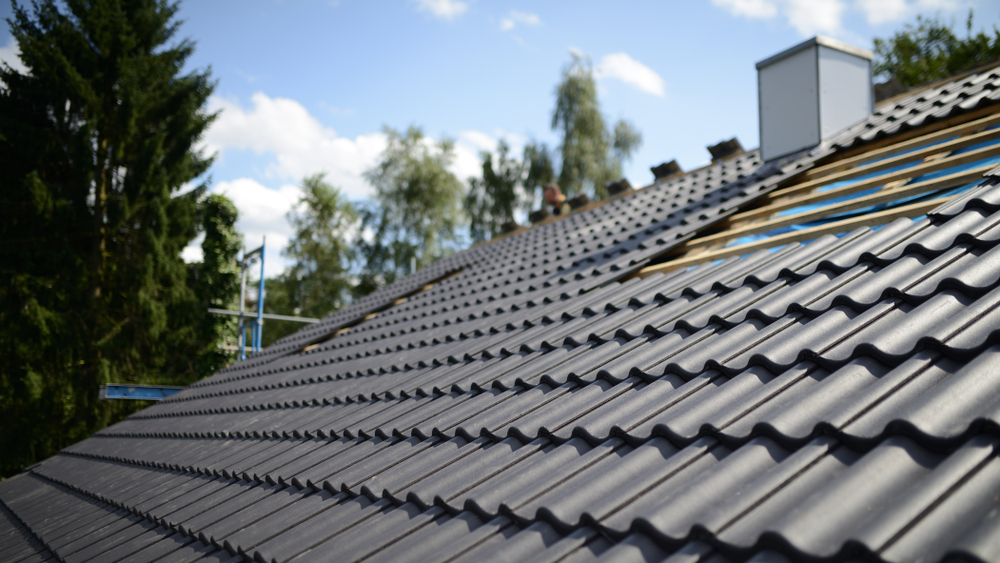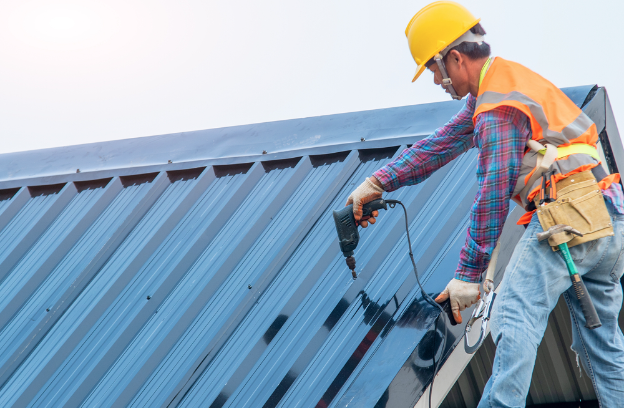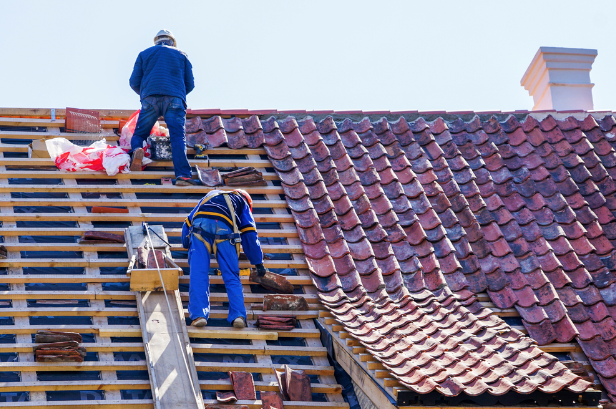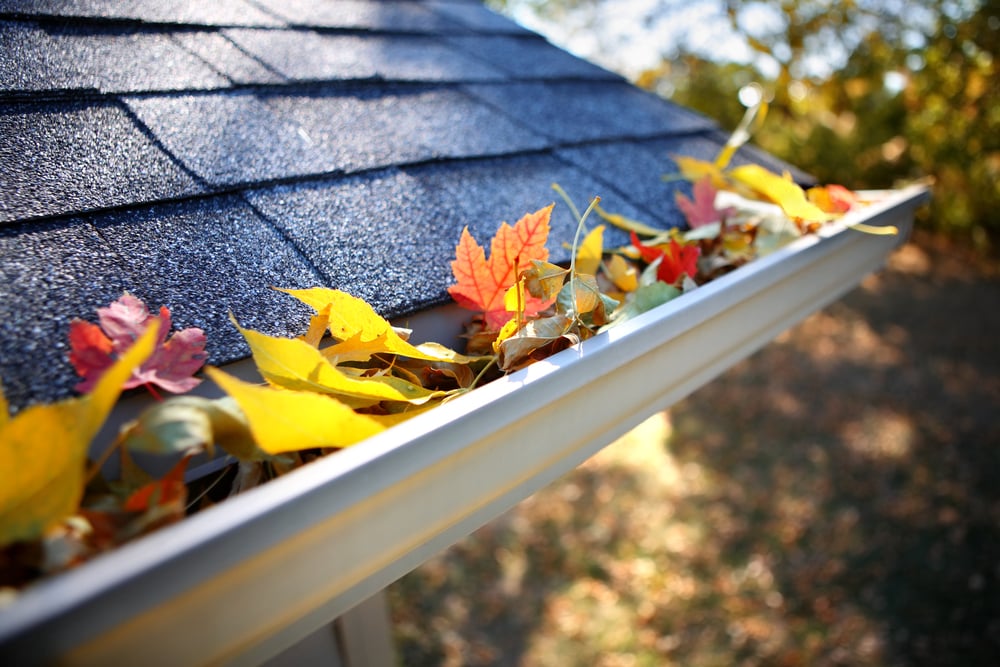
Jul
Green Walls and the Benefits they Offer

In the past we’ve spoken about green roofs and the benefits they offer.
Today, we’re going to look at the sibling of the green roof, the green wall. While it may initially seem like an odd idea and a design fad (though green walls have been around since the 1930s), you’ll find that green walls actually offer a host of aesthetic and practical benefits.
How do green walls work?
Green walls come in a number of varieties, and can be as simple as potted plants fitted into wall framing or can be as complex as not only growing fruits and vegetables, but also boasting ponds and other water features - this all depends on your imagination and, of course, your budget. Like green roofs, green walls can also come with protective membrane that prevents water from seeping into the walling underneath the green wall itself.
As a feature, green walls can offer both aesthetic and practical benefits. The aesthetic clearly set in the fact that more natural-looking walls can be pleasing to the eye, and the practical ranging from an area to grow fruits and vegetables in high-density living areas to helping in creating a more comfortable living space

Photo credit: Flickr / snoeziesterre
Growth and comfort
Expanding on the aforementioned benefits, as cities and areas with higher populations continue to increase, one of the key solutions to avoid too much outward expansion is to build taller buildings and focus on more high-density living areas. While this does help slow how quickly more and more land is built on, it also means those areas elected for high-density living do actually tend to lack a good amount of green space and face greater issues of pollution and increased temperatures due to more concrete and bitumen. You need only look at highly populated areas such as Manhattan Island in New York City to see this. Yes, they have Central Park, but most other parks are relatively dispersed and minute by comparison.
To counter this, more and more areas (such as Manhattan) invest in green roofs and green walls. Why? Well, first of all, they can be another means of growing produce within city locales. Second, green roofs and green walls help keep buildings better insulated, meaning that they maintain better coolness during the summer, and more warmth during winter. While Brisbane winters may not be the frightfully cold affair of NYC or even as cold as other Australian cities such as Melbourne and Tasmania, the city is still becoming progressively more high-density in design despite its large overall sprawl.
Areas such as the Connell Building at the St Lucia University of Queensland campus, King George Square, and 15 James St. in Fortitude Valley all have green walls. While none of these comprise green walls with growing fruits and vegetables, they demonstrate the aesthetic and environmental appeal of such walls. Not only can they be a source of food, insulation, and environmental sustainability, but they also show how even in the most dense of living areas more and more green space can be created with a little vertical thinking.








